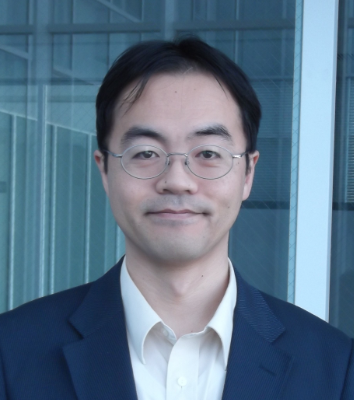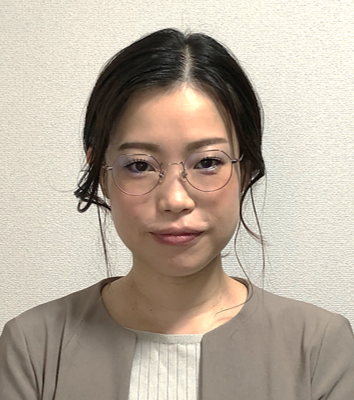
Dr. Pat Gumann
IBM team lead for quantum system integration and cryogenics
Materials for quantum cryogenic support systems – how to build a full stack hardware solution for superconducting qubits
The field of quantum computing has grown at a fairly unexpected pace in the past decades. Superconducting quantum computing in particular, has emerged as one of the leading platforms for building scalable, fault-tolerant quantum processors. However, the true challenge lies not only in identifying the most suitable qubits-those that exhibit long coherence times and low error rates-but also in overcoming the engineering complexities required for large-scale integration. In this talk, we will provide a comprehensive overview of the material platforms that are at the heart of superconducting quantum technologies. We will discuss the current state-of-the-art materials used in qubit fabrication, with a focus on their impact on coherence times, and overall device performance. Finally, we will outline a roadmap for building a full-stack hardware solution for superconducting quantum computing.
Patryk Gumann, received his PhD in experimental condensed matter physics from Darmstadt University of Technology in Germany, and has worked at various research facilities over his career, including Forschungs Zentrum, Juelich Germany (F. Pobell’s gorup) Leiden University. The Netherlands (G. Frossati’s group), the Institute for Solid State Physics at the University of Tokyo, the Low Temperature Laboratory at Kyoto University. The Institute for Quantum Computing at the University of Waterloo in Canada, and the Department of Physics at Harvard University. His research focus has ranged from low temperature physics. quantum sensing, and for the past decade experimental quantum computing at IBM Quantum. In 2022,Dr. Gumann with his team established a world record in constructing and successfully commissioning world’s largest quantum-ready dilution refrigerator system, capable of reaching 25 milliKelvin temperatures in 1.7 cubic meters of volume – which pushed the cryogenic industry on a new commercial, ‘large scale cryogenics’ path. Throughout his academic, industry career in addition to his published work he was granted over 180 patent disclosures.

Dr. Akifumi Kasamatsu
Advanced ICT Research Institute, NICT, Japan
Advanced Research on High-Speed Terahertz Radio Communications and Devices
This keynote introduces R&D on wireless communication and semiconductor technologies using millimeter-wave and terahertz radio waves, which are expected to be used for Beyond 5G. In terms of semi-conductor technologies, R&D started with the use of indium-phosphide compound semiconductor devices, and later, devices for radio communication of 100 GHz or higher have become feasible even with silicon CMOS integrated circuits. The present status of these technologies is reviewed.
Dr. Akifumi Kasamatsu received his Ph.D. degree in electronics engineering from Sophia University, Tokyo, Japan, in 1997. From 1997 to 1999, he was a research assistant at Sophia University. From 1999 to 2002, he was with Fujitsu Laboratories Ltd., Atsugi, Japan. Since 2002, he has joined National Institute of Information and Communications Technology (NICT), Koganei, Japan, where he is currently working as a director general of the Koganei Frontier Research Center, Advanced ICT Research Institute.

Assist. Prof.
Dr. Miyuki Tabata
Tokyo University of Agriculture and Technology
Cell-based field-effect transistors and their medical applications
Cell-based biosensors using field-effect transistors (FETs) show an affinity for sensor integration and massive parallel analysis, so the cell-based FETs have potential to become a powerful diagnostic tool in the medical scene such as on-site diagnosis and home analysis. In our recent research results, disease-related membrane proteins expressed on cell surface were successfully detected using cell-based FETs combined with chemical signal amplification based on enzymatic reactions. Breast cancer cell lines were used as models of circulating tumor cells (CTCs), and human epidermal growth factor receptors (HER2 and EGFR) expressed on their membranes were detected using the proposed cell-based FETs. The detection principle could also be applied not only to CTCs but also to extracellular vesicles, providing a new cancer detection strategy for future liquid biopsy.
Miyuki Tabata received her PhD from the Graduate School of Pure and Applied Sciences, University of Tsukuba. She then began her academic career at the Tokyo Medical and Dental University in the laboratory of Bioelectronics (Prof. Yuji Miyahara). She has been a principal investigator at the Tokyo University of Agriculture and Technology since 2023. Her research focuses on developing electrical/electrochemical biosensing devices and their medical applications.
https://web.tuat.ac.jp/~tabata-lab/index.html
